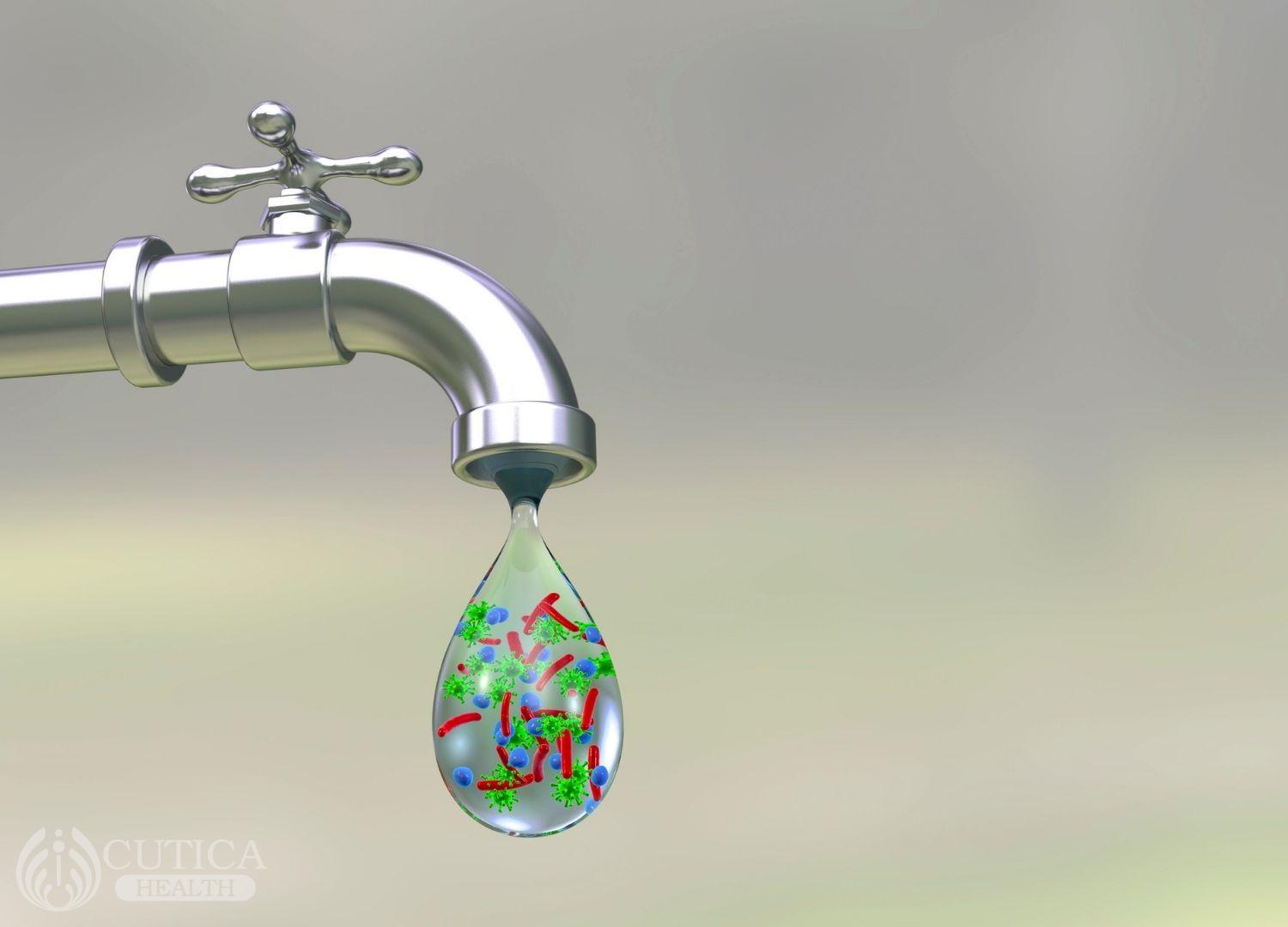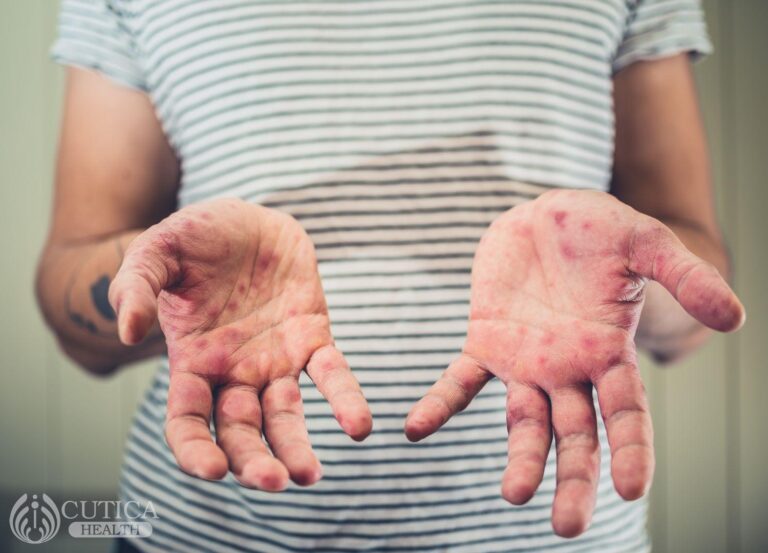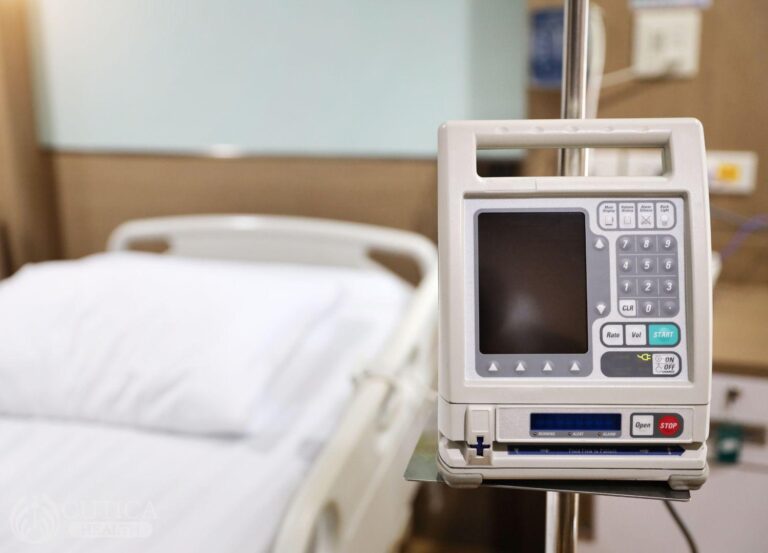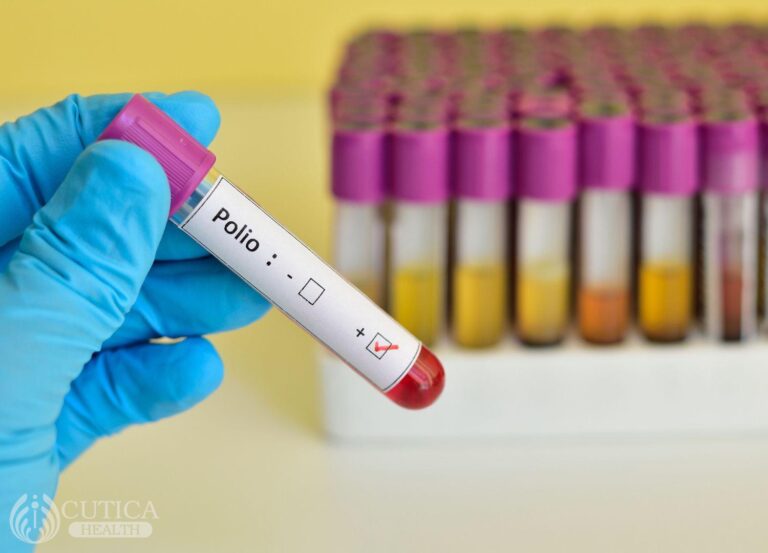Water Borne Diseases
The sources of water like lakes, rivers, wells, collected rain water, etc, can easily become contaminated, and utilising contaminated water for food or beverage preparation, drinking, bathing or other functions can cause one to fall sick. Water borne diseases can also be acquired from animals or person-to-person spread.
Waterborne diseases are illnesses caused by germs that are spread through contaminated water. The world Health Organization cites that over 844 million people are lacking even a basic drinking water source and about 502,000 deaths per year have been linked to use of contaminated water sources.
The commonest water-borne diseases in Nigeria are cholera, hepatitis A and E, typhoid, and worms’ infestation. Children are mostly affected and this is due to poor hygiene, sanitation and weak immunity.
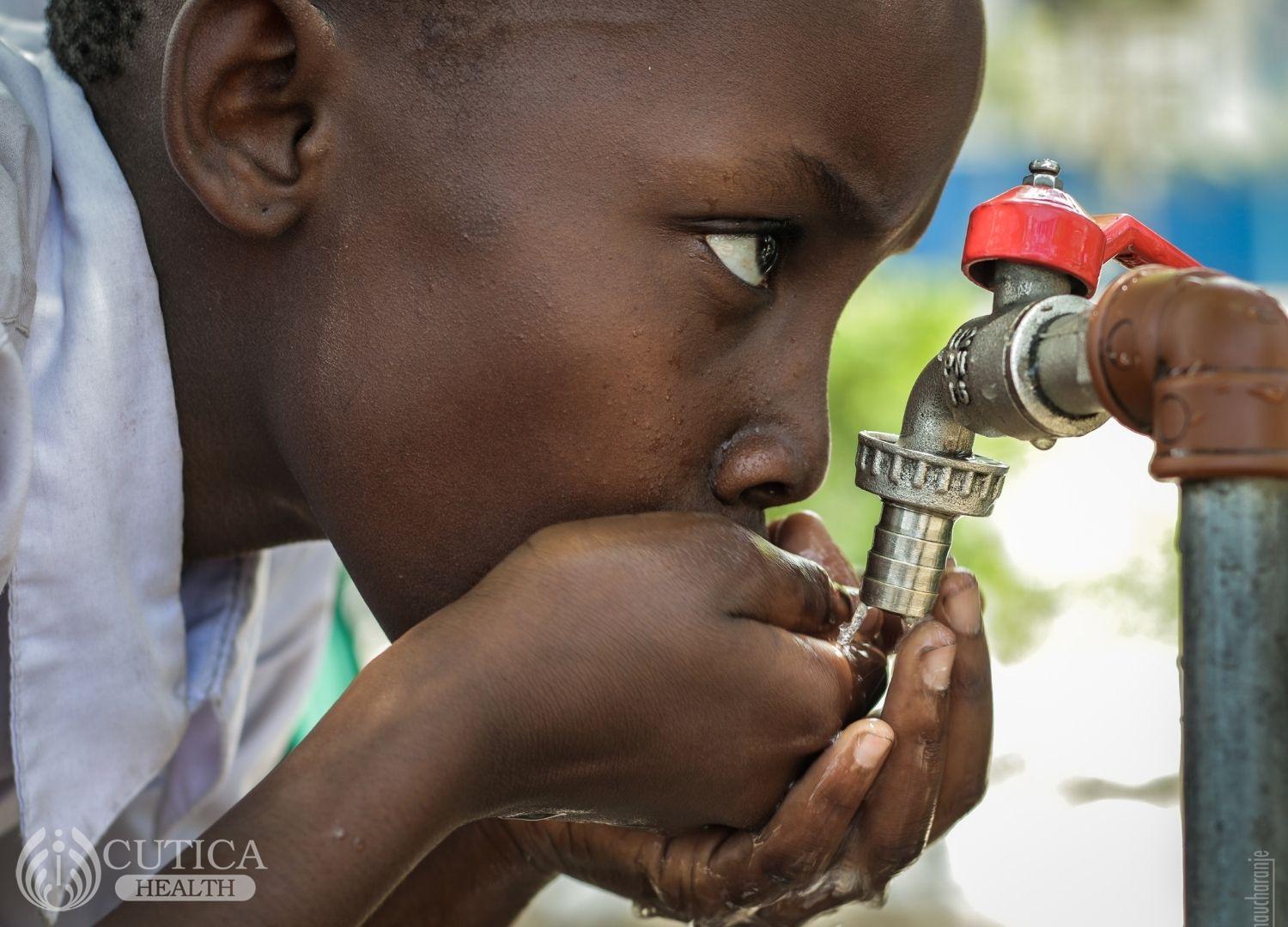
How Does Water Get Contaminated?
In many developing countries, infected water is used for drinking, food preparation and washing due to lack of water-treatment facilities. Also, in places where there is limited availability and access to water, people are forced to manage and reuse water, which increases transmission of water-borne diseases.

Natural calamities like flood and earthquakes can lead to the contamination of water bodies as floods can cause an overflow of sewage treatment plants which may spill into lakes, rivers, etc.
Earthquakes can also disrupt the natural balance of water bodies, creating a new environment that favours the growth of germs. Using untreated water from this source, in turn, can be harmful.
The use of contaminated farm water also leads to the colonisation of the soil and the crops grown in it. This, consequently, means consumption of crops grown on such soils may cause infections
In many places, water is supplied through a central body. Where there is negligence of the cleaning staff at the water treatment plants, there's also a high risk of transmission of diseases.
What Are Some Common Water-borne Diseases And How Do They Present?
Cholera
This is more common in children and it has a high death rate. It can be fatal within days or hours even. People with an underlying condition like HIV stand an increased risk of death due to immune suppression. Infection with cholera may present as watery diarrhoea, fever, abdominal cramps, muscle cramps, and vomiting.
Typhoid
Caused by the typhoid bacteria, typhoid fever presents with fever, headache, loss of appetite, constipation, weight loss.
Hepatitis A and E
Apart from spreading through consumption of contaminated water and food, hepatitis A and E can also spread through physical contact with an infected person. Some symptoms includes fever, nausea, diarrhoea, and vomiting. Severe complications may arise if patient is not treated on time and adequately.
Worm infestations
An example of parasitic infection is guinea worm; however, there are many such infestations. Infection with worms occurs from drinking stagnant water or food contaminated by fleas that host the parasite.
Treatment of water-borne diseases
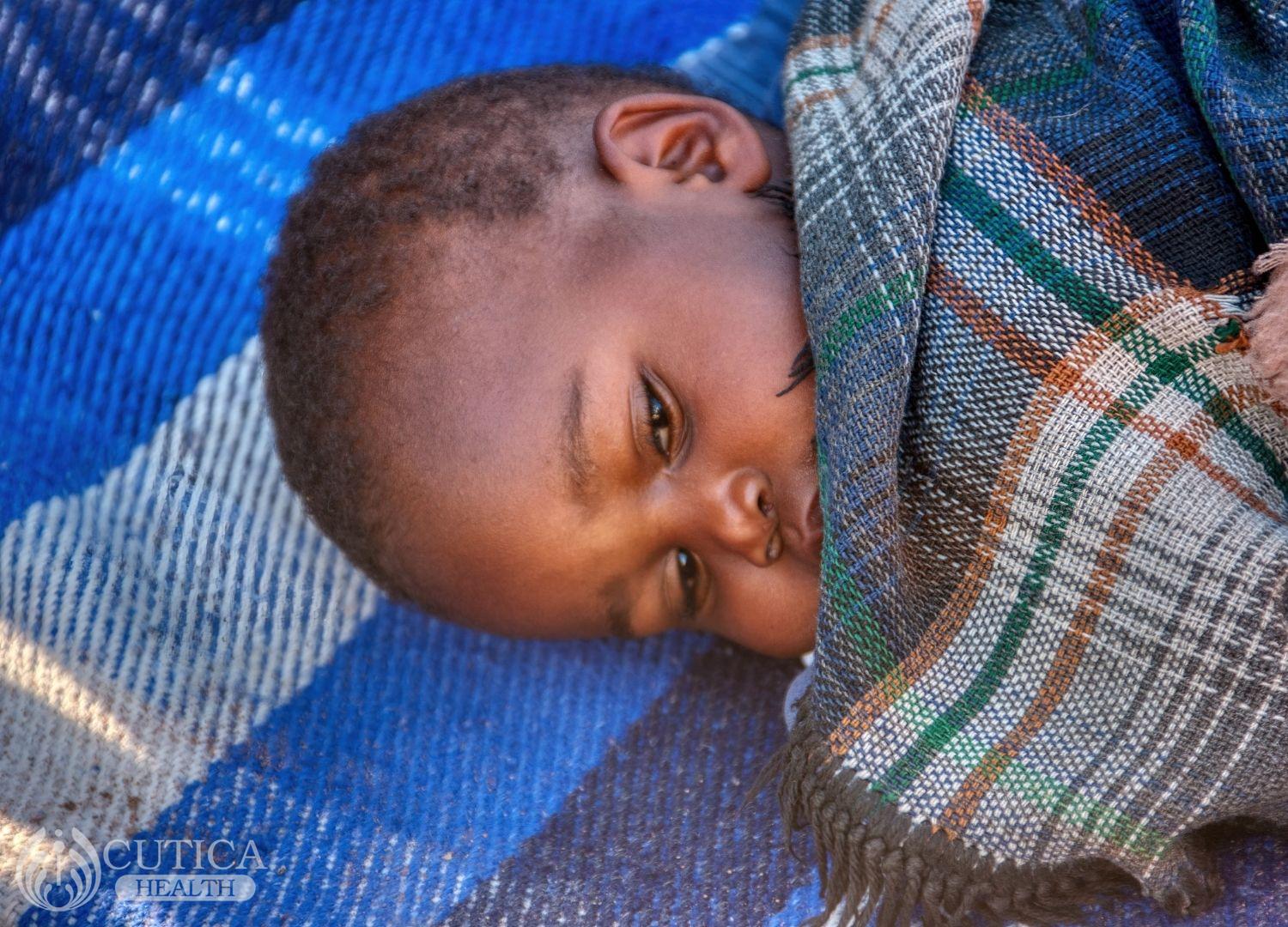
The most common symptom of infection is vomiting and diarrhoea , which causes dehydration. This is the most important treatment in water-borne infections. Other treatments may include antibiotics, antivirals, or anti-parasitic medications, depending on the type of bug involved. People having moderate to severe vomiting and diarrhoea will need to be rehydrated as loss of fluids can lead to death, especially in children.
What can be done to mitigate the problem?
- Health education and change of behaviours/practices.
- Use clean water for cooking, drinking, washing and other functions.
- Keep surroundings hygienic.
- Purify your drinking water
- Avoid eating street foods, especially from places that are visibly dirty.
- Avoid eating cut vegetables and fruits from the streets. If possible, when outside, it is better to eat only foods that can be peeled like banana and oranges.
- Wash fruits and vegetables under running water before eating.
- Regular washing of hands.
- Safe disposal of wastes (Do not empty into water bodies)
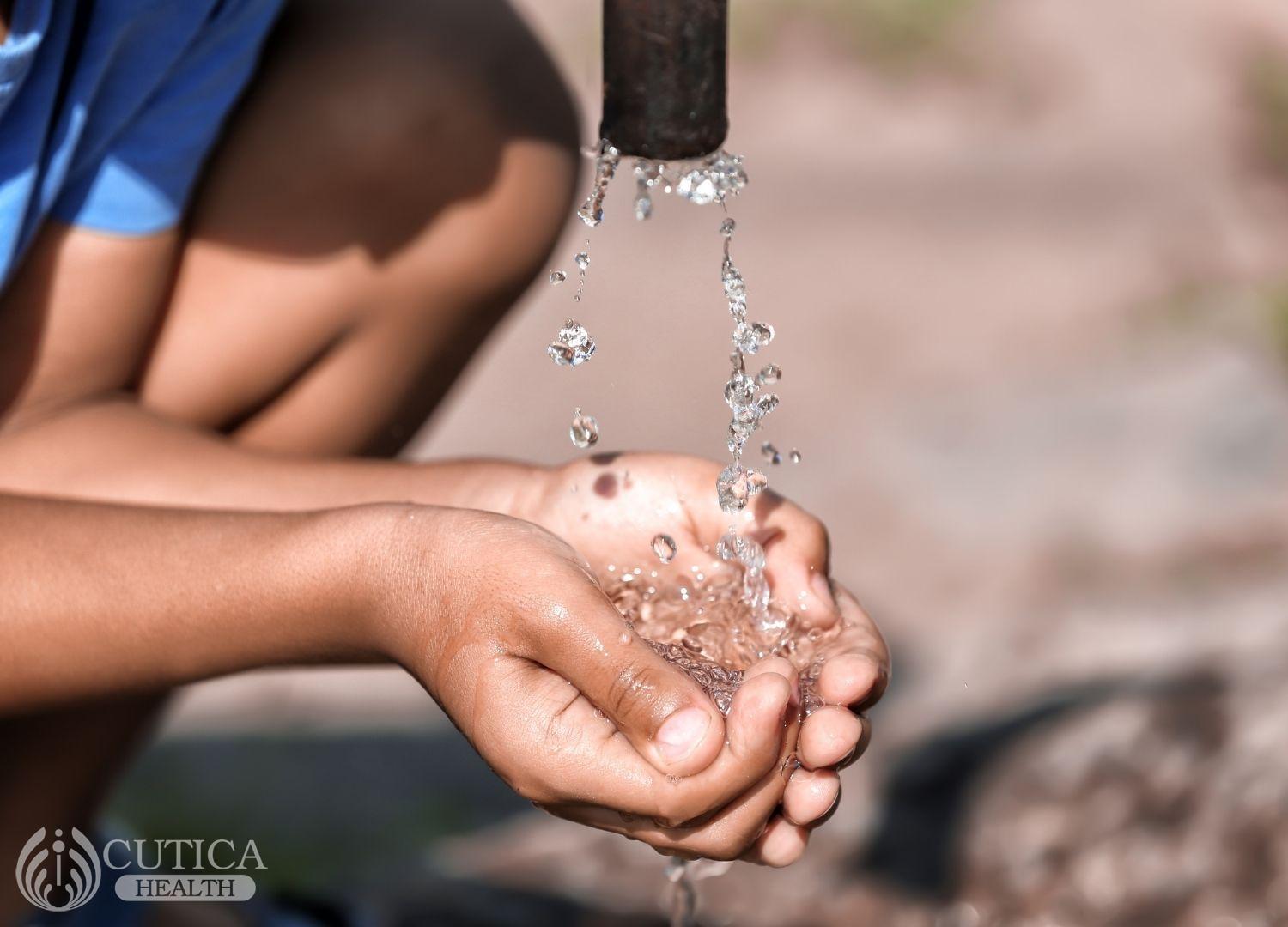
Water-borne diseases continue to be a public health challenge as many communities do not only lack access to clean water but also engage in practices that promote the spread of germs.
You can consider taking a vaccine if you can afford it when travelling to areas with poor sanitation and unsafe water.
You should know that when one individual gets sick from water-borne disease, there’s risk of an entire community contracting the illness, thus, to curb this problem, collective efforts must be made.




